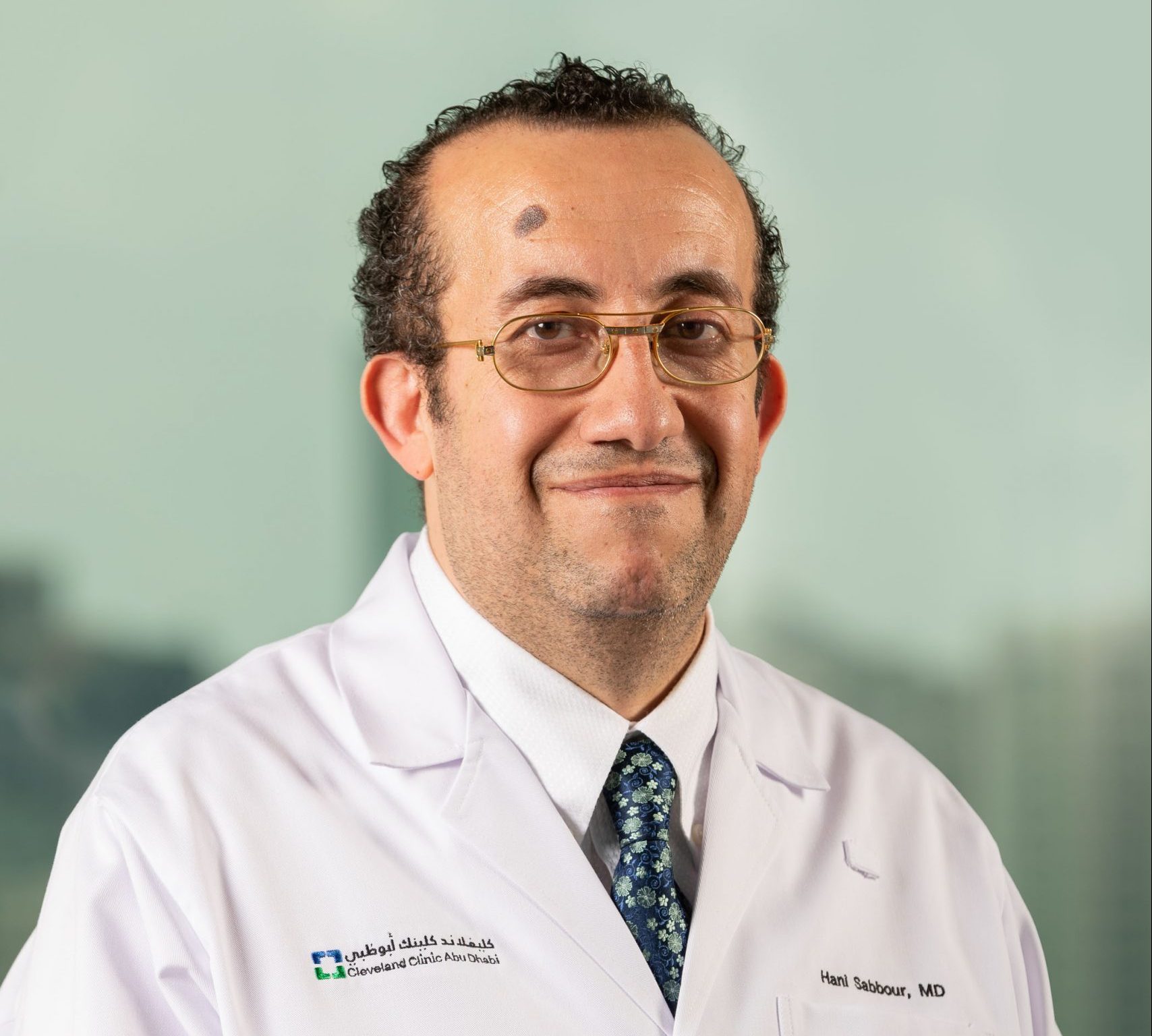More than 70 percent of patients who suffer from heart disease or have risk factors do not maintain the appropriate cholesterol levels to prevent a severe cardiac event, according to experts at Cleveland Clinic Abu Dhabi, an integral part of Mubadala Health.
Excessive LDL or ‘bad’ cholesterol in the body can build up as plaque in the walls of the arteries, causing them to narrow and blocking blood flow to the heart, leading to a cardiac event if left untreated. While an LDL cholesterol range of 100 to 129 mg/dL is acceptable for people with no health issues, this level is considered high for patients suffering from heart disease or those with risk factors. A retrospective review of over 30 thousand patients with heart disease or risk factors at Cleveland Clinic Abu Dhabi and Imperial College London Diabetes Centre (ICLDC) – a Mubadala Health partner – found that the average LDL cholesterol was an alarming 140 mg/dL. This is three times higher than the acceptable level to prevent a heart attack in such patients. About two-thirds of all patients with a major heart attack seen at Cleveland Clinic Abu Dhabi in the last three years had abnormal cholesterol levels.

“A patient with heart disease or those who have risk factors, such as diabetes, obesity and smoking, must aim to maintain LDL cholesterol levels below 70 mg/dL. Every point of increased LDL cholesterol increases their risk of heart attack by 25 percent. The high bad cholesterol levels that we see in the UAE are shocking and need to be urgently addressed. We strongly urge people to have a regular heart health screening so that they can monitor these essential numbers, and avoid the loss of life and productivity especially among the younger population,” says Dr. Hani Sabbour, Consultant Cardiologist in the Heart and Vascular Institute at Cleveland Clinic Abu Dhabi.
Dr. Sabbour says that the barriers to understanding cholesterol numbers and their role in cardiovascular disease (CVD) risk reduction are many and require a multi-layered intervention approach from physicians and patients.
“There is an inertia towards medical therapy, especially in this age of ‘Dr. Google’ where patients self-diagnose and decide that they know best how to treat their health issues. They fall victim to misinformation about life-saving cholesterol drugs and refuse to follow prescribed treatment plans because of perceived side effects. We also see young high-risk patients who are not convinced that they can have a heart attack because no one wants to think 10 years into the future right now.”
At the same time, he says, many general practitioners hesitate to offer aggressive treatments even to high-risk patients because of insufficient knowledge of the guideline recommendations or believing that lifestyle changes alone can help lower LDL cholesterol levels.
“The desirable LDL cholesterol range isn’t the same for a healthy person and for those suffering from risk factors. This can be misleading because patients may believe that they are within their target levels when in fact are still at very high risk. Another thing to understand is that cholesterol-rich foods do not impact the cholesterol levels present in your blood, genetics does. So, lifestyle changes alone cannot fix this,” he explains.
Another major risk factor that is causing a rise in CVD in the UAE population is diabetes. According to the International Diabetes Federation, there are more than 1 million people living with diabetes in the UAE and another 1.2 million with pre-diabetes.
Dr. Sabbour, who is also a consultant cardiologist at ICLDC, says people with diabetes are two to four times more likely than others to develop cardiovascular disease.
“Insulin resistance causes an abnormal cholesterol profile, lowers HDL or ‘good’ cholesterol and increases LDL cholesterol and triglycerides – the waxy fats that give your body energy – which raise the risk of a heart attack. This is true even if a patient with diabetes has well-controlled blood sugar levels. That is why it is important that they also monitor their cholesterol and keep it within a healthy range, usually with a combination of good lifestyle habits, drugs and statins,” he says.
Finally, Dr. Sabbour raises another critical reason for abnormal cholesterol levels in the local populations in the Gulf – underdiagnosed familial hypercholesterolemia (FH). This is an inherited defect in how the body recycles LDL cholesterol. Those with FH are born with high LDL cholesterol levels, and it can reach above 190 mg/dL over time if not addressed.
As one of the co-authors of a recently published study on this issue in Saudi Arabia, Oman, UAE, Kuwait and Bahrain, Dr. Sabbour says that FH prevalence was found to be about three-fold of the estimated worldwide prevalence.
“In 34,366 screened patient records, we found that every 1 in 112 patients had FH. Patients with FH have 20 times higher risk of developing heart disease. Unfortunately, our study showed that most patients with FH had an elevated lipid panel. We recommend a national program and policies for UAE-wide FH awareness, early screening and management of the disease.”













